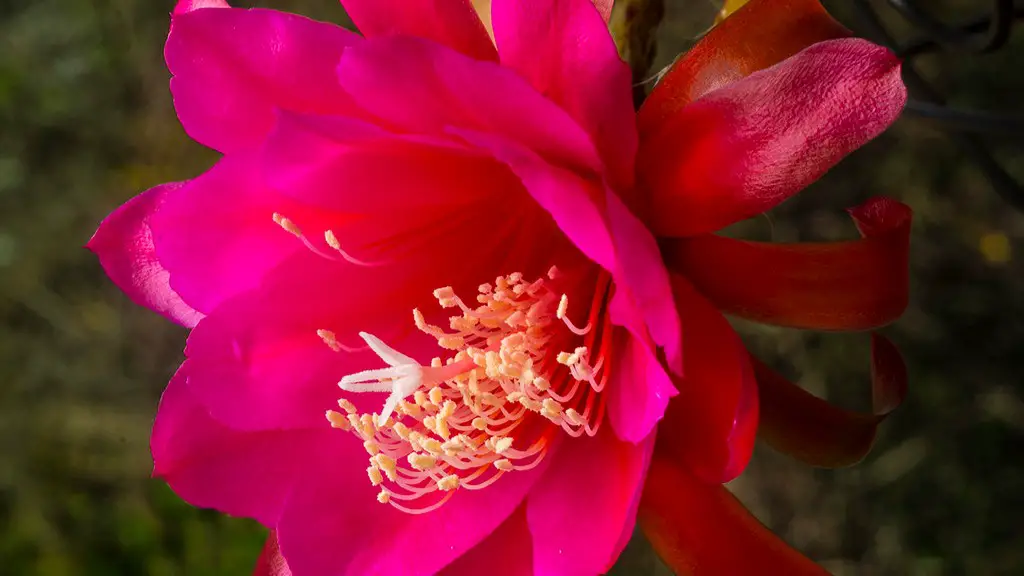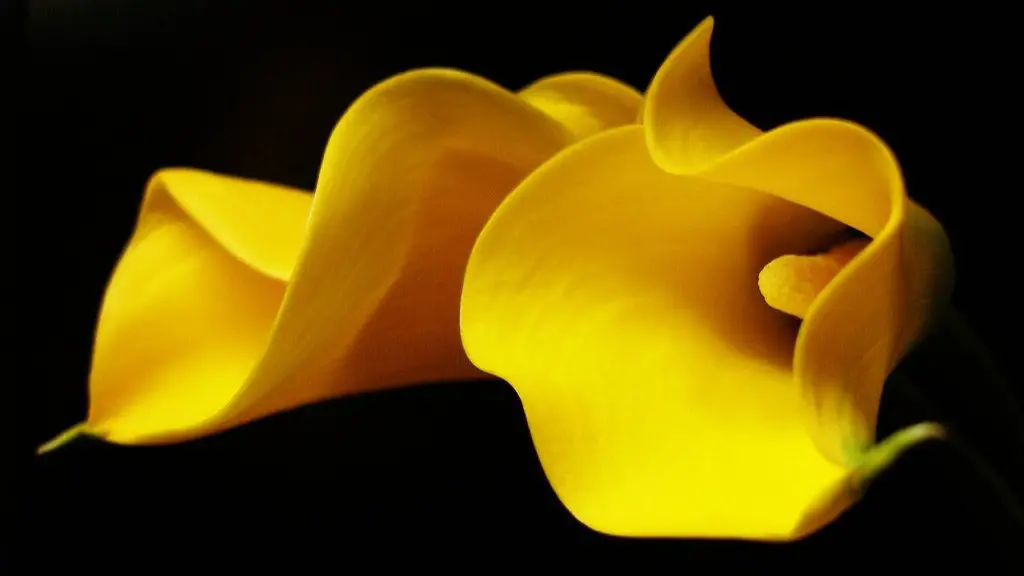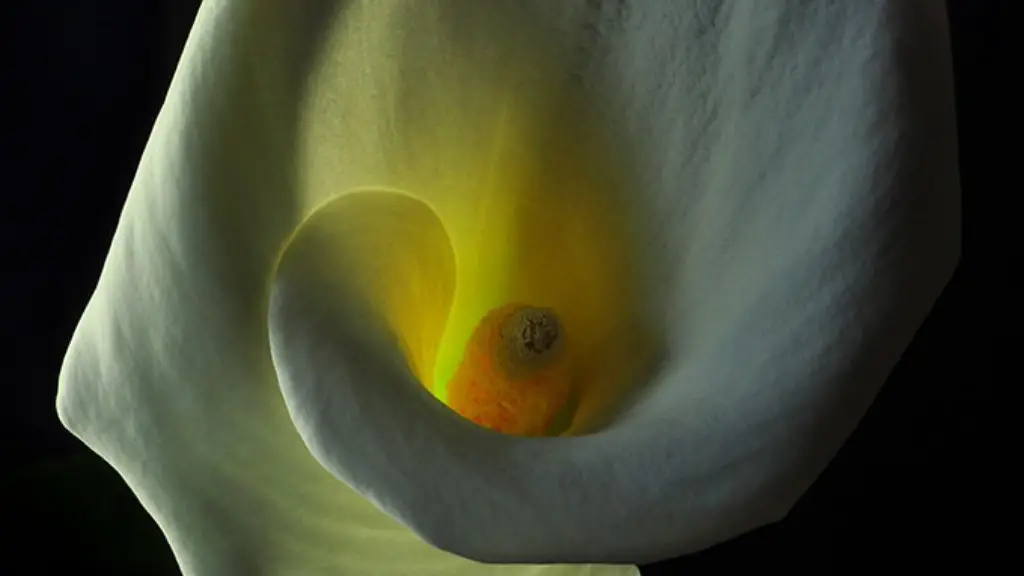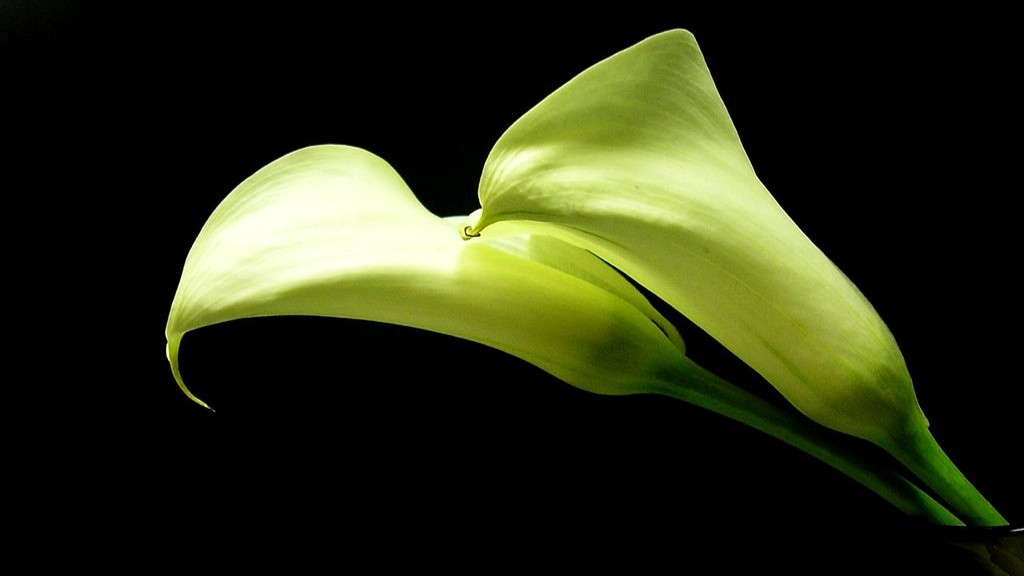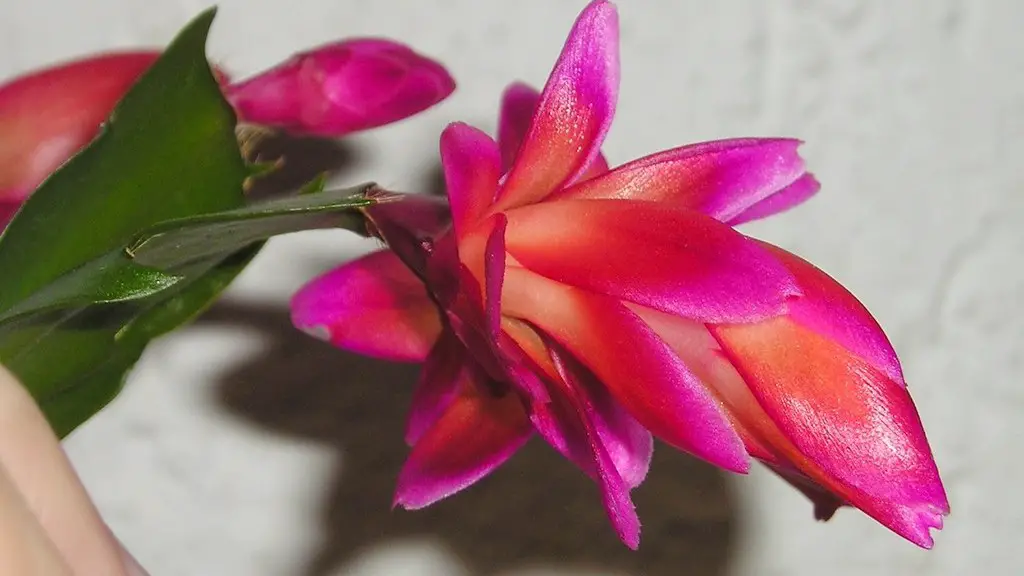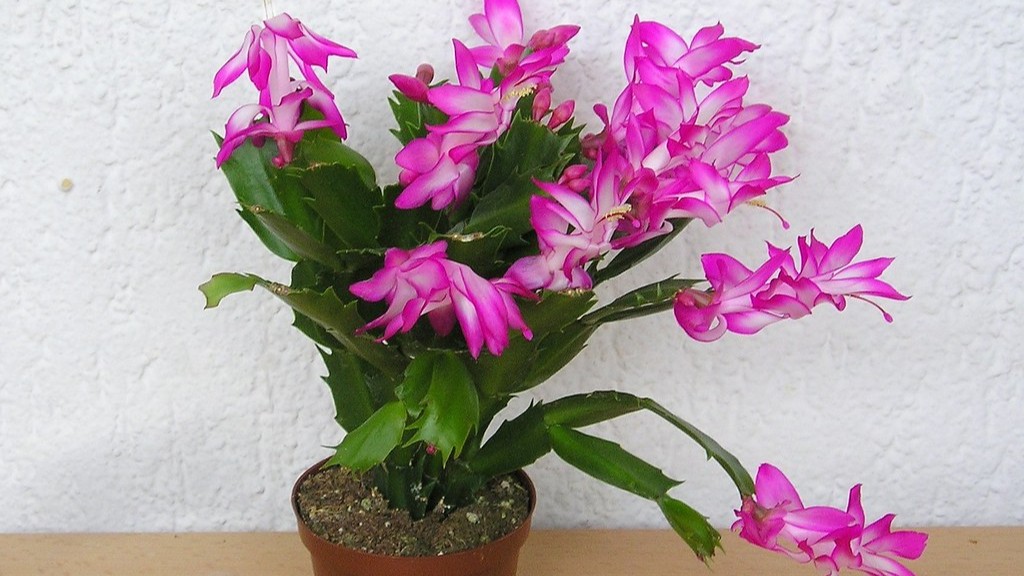Your Christmas cactus may be dropping leaves for a number of reasons. It could be due to too much water, not enough light, or pests. Check your plant carefully to try and determine the cause. If you can’t find a reason, it’s probably just natural shedding.
If your Christmas cactus is dropping leaves, it is likely due to stress. Christmas cacti are native to Brazil and prefer warm, humid conditions. However, they are adapted to survive in a wide range of conditions. Stress can be caused by too much or too little water, temperature extremes, or insufficient light. Take a close look at your plant’s environment and make adjustments as needed. With a little care, your Christmas cactus should soon be back to its cheerful self.
Why are the leaves dropping off my Christmas cactus?
To ensure your Christmas cactus thrives, make sure the soil it is planted in is porous and well-drained. If the soil is too dense, water will not drain properly and the plant may suffer from root rot or leaf drop.
When you’re ready to propagate your succulent, start by taking a cutting from the plant. Let the cutting dry out for three days, which will help it callous over and prevent it from rotting. Once the cutting is dry, you can plant it in well-draining soil and water it lightly. Keep the cutting in a warm, sunny spot and wait for it to root. Once it has rooted, you can care for it like you would any other succulent.
How often should I water my Christmas cactus
To care for your Christmas cactus, water it every 2 to 3 weeks, but only water when the top one third of the soil feels dry to the touch. For example, if the plant is in 6 inches of soil, water when the top 2 inches feel dry.
If your Christmas cactus is wilting or looking limp, it may be due to a lack of water or too much direct sunlight. If you’ve neglected to water the plant, begin by giving it a limited drink. Continue to water sparingly every few days until the soil is lightly moist. If the plant is in direct sunlight, try moving it to a shadier spot.
What does Overwatered Christmas cactus look like?
If you notice your Christmas Cactus has yellow leaves, it is overwatered. If the soil stays continually moist, it is also a sign that the roots aren’t taking up any water. To save your Christmas Cactus, allow the soil to dry out completely between watering and consider repotting with fresh, well-draining potting mix.
A Christmas cactus is a succulent, so it absolutely can’t tolerate soggy feet. Water only when the surface feels dry to the touch. If the flat stems get soft and mushy, you’re overwatering.
When should you put a Christmas cactus in the dark?
This will help to trigger the cactus’ natural process of becoming dormant for the winter. If you don’t live in an area with naturally short days during this time of year, shortening the amount of light the plant receives will help to fool it into thinking winter is on the way.
If you’re looking to keep your cactus happy, all you need to do is mist it with a spray bottle every day. There’s no need to water the base of the plant unless the soil is completely dry to the touch.
How much sunlight does a Christmas cactus need
A Christmas cactus does not need direct sun, but does need about 8 hours of indirect, bright light in order to form flowers. Full sun can burn or fade the leaves, and cause them to wilt.
Holiday cacti are a type of cactus that grow best in partial shade with a temperature between 70° and 80℉. a good location for them would be an east or west facing window.
Should you water a Christmas cactus while it’s blooming?
Watering: Keep the soil evenly moist while your plant is blooming, misting it frequently.
Light: Place the cactus in an east-facing window for moderate light and some direct sun.
Fertilization: Apply a high-potassium fertilizer every two weeks once buds form.
To encourage bud set, provide bright light, temperatures between 55 F and 65 F, and 13 hours or more of continuous darkness each day. For flowers during the winter holiday season, long nights should be started in late September or October and continued for eight weeks.
Is Miracle Grow good for Christmas cactus
To ensure your Christmas cactus blooms beautifully, follow these simple tips:
-Plant your cactus in Miracle-Gro Cactus, Palm & Citrus Potting Mix
-Water when the top 1 to 2 inches of soil are dry
-Increase humidity around the plant
-Feed from after blooming until fall with Miracle-Gro Succulent Plant Food
Epsom salts can make blooms bigger on a plant, but it is not going to produce flowers. The plant could use some regular fertilization. Fertilize in spring and summer, and then let the plant rest in October and November for a while.
What does a dying Christmas cactus look like?
If you think your cactus has root rot, the best bet is to take it out of its pot and check the roots. If they’re black or brown, or if the soil is soggy, it’s probably root rot. You can try to cut off the rotten parts of the roots and see if the plant recovers, but it may be best to start with a new plant.
A Christmas cactus is a great plant to have if you are looking for something that can endure a little neglect. This plant can go without water for up to two weeks before it starts to dry out. Given its ability to retain water, a Christmas cactus is perfect for those who may not have the best green thumb.
Warp Up
The Christmas Cactus is native to the tropical rainforests of South America. It is a member of the cactus family and is related to the Thanksgiving Cactus. The Christmas Cactus is a popular houseplant because it is easy to grow and care for. The plant has flattened stems that are covered with spines. The leaves are small and scale-like. The flowers are white, pink, or red and bloom in the winter.
The Christmas Cactus is a tropical plant and needs warm temperatures and high humidity to thrive. If the plant is kept too cool, it will drop its leaves. The Christmas Cactus also needs bright, indirect light and regular watering to bloom.
There are a few reasons why your Christmas cactus might be dropping leaves. One possibility is that it is not getting enough water. Another possibility is that it is not getting enough sunlight. Or, it could be that the temperature is too cold for your plant. If you think that one of these might be the problem, try adjusting your plant’s care regimen and see if that helps.
